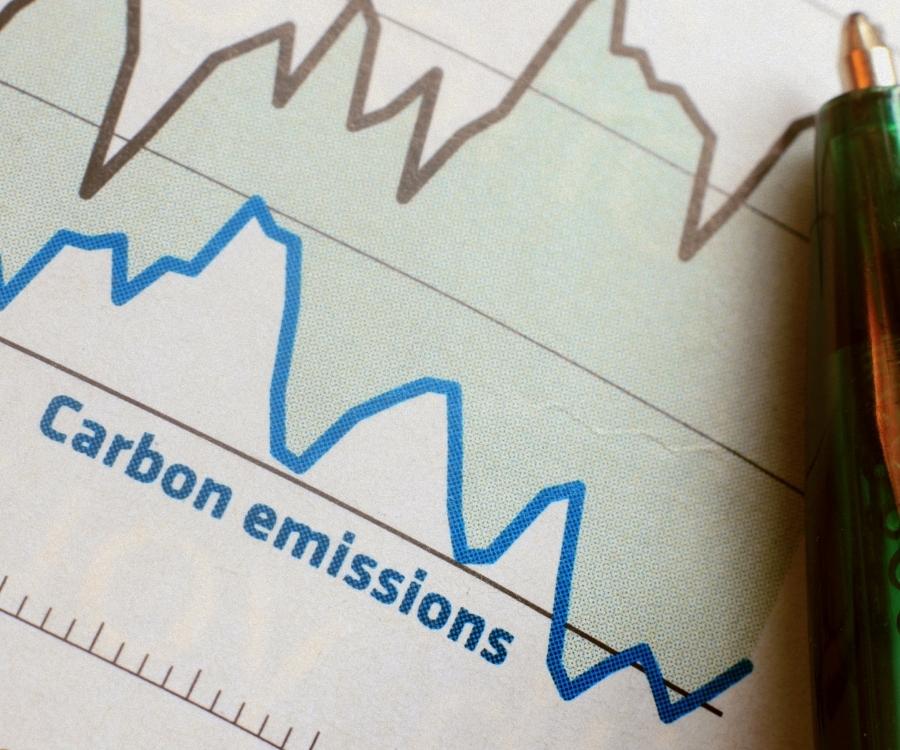Want to reduce your business’s carbon emissions but don’t know where to start?
Here’s 8 simple steps to consider on your business’s journey to sustainability.
If you need support in delivering these interventions, please don’t hesitate to get in touch with our team of professional consultants.
1. Calculate your carbon footprint
- You can’t manage what you don’t know. By understanding which of your businesses actions generate the most carbon, you can then create an action plan which address the operational processes which have the highest contributions.
2. Develop a carbon management plan
- A carbon management plan outlines your business’s current environmental impacts and details your commitments on reducing them.
- You carbon management plan should be signed off by senior managers then shared with your supply chain, employees and customers.
- Once you have your carbon management plan in place you will need to develop a carbon management action plan, which is more of a live document which helps your business implement the actions outlined in your carbon management plan and monitor progress against the objectives.
- Your carbon management action plan should include quantifiable targets, with assigned responsibilities and completion dates.
3. Make your buildings more efficient
- Resource efficiency is one of the simplest carbon emission reduction strategies to introduce and help save your business money too.
- By switching to LED lighting and installing sensors, your business can save up to 70% in running costs!
- Heating systems, including air conditioning, can be one of the biggest sources of wasted energy in business buildings. To address this you can install improved insulation, which often has a short payback period. You’ll also want to regularly check that your heating is set at the right temperature and set up on a suitable timer.
4. Increase re-use and recycling, reduce waste
- Disposing of waste generates carbon emissions, as well as creating other environmental problems so shifting your focus to re-using and recycling can have a big impact on your carbon emissions.
- Firstly, make sure you understand where your waste currently ends up and the journey it takes.
- Use the waste hierarchy to identify better disposal routes and speak to your waste contractor about introducing them.
- Make sure that your employees are engaged in recycling processes and the impact these have on the business – get informative signs and posters up at all waste areas.
5. Consider renewable energy
- Most energy suppliers now offer a Green Tariff. Contact your existing electricity supplier to see if this is an option or find a supplier with 100% certified renewable energy. This will bring down your businesses carbon emissions and support your journey to net zero.
- Alternatively, you could consider generating your own renewable energy. Lots of businesses can easily install solar panels or wind turbines on their premises.
6. Get employees onboard
- Your employees should feature within your carbon management plan as their behaviours are key to achieving your businesses goals.
- Consider establishing a ‘Green Team’ who can develop ideas and influence behaviour changes on the ground.
- Provide environmental training, such as Carbon Lietracy, to your full employee team so they can understand the climate issue, their role and how they can help you meet the business’s commitments.
7. Re-think transport
- Transport often accounts for the majority of an organisation’s carbon emissions due to the effect of emissions from your fleet and commuters.
- Consider introducing vehicle tracking and route planning. Efficient driver training, car pools and public transport could also be considered as well as the increased use of remote technology to avoid the need to travel all together.
- Where possible, consider switching your fleet to electric vehicles, installing electric vehicle charging at your business premises.
- Consider introducing the Cycle to Work scheme to encourage employees to reduce car use and live a healthier lifestyle.
8. Consider Carbon Offsetting
- Carbon offsetting involves paying projects or providers to reduce or offset emissions, for example through tree planting or renewable energy projects.
- This should only be consider as a final step to reducing carbon emissions, when your business is not able to reduce your own carbon footprint any further.


